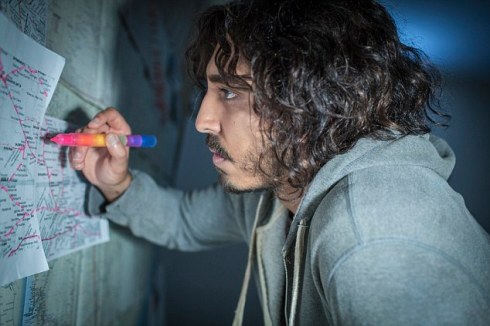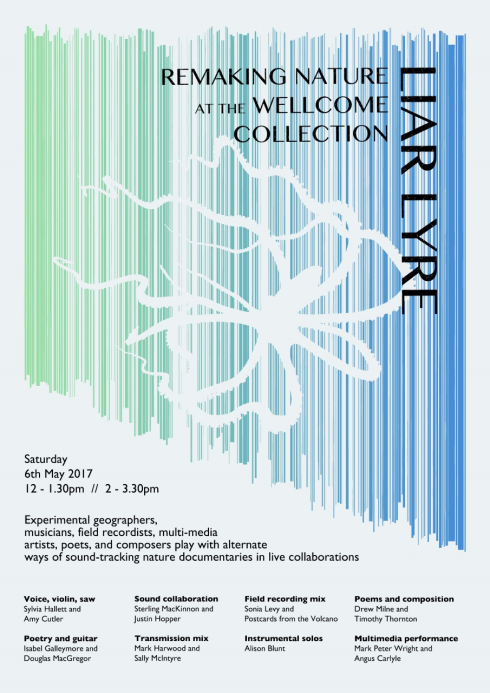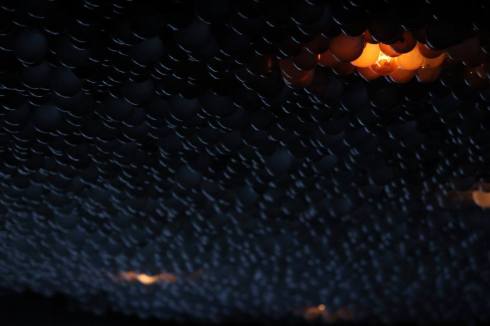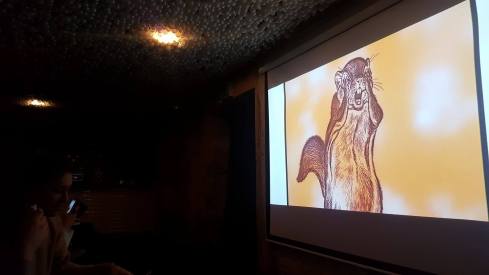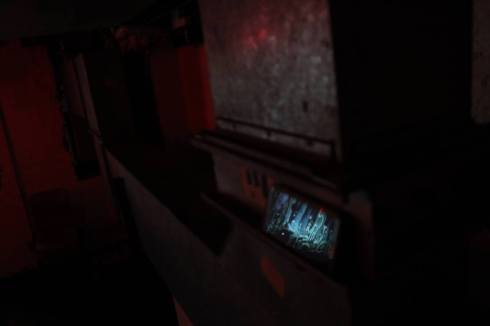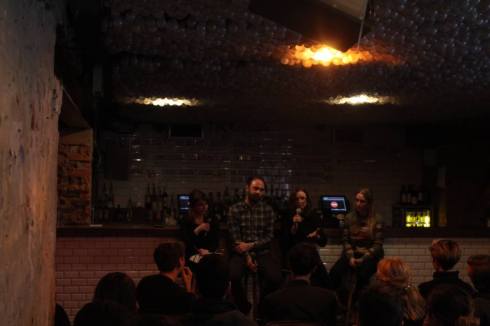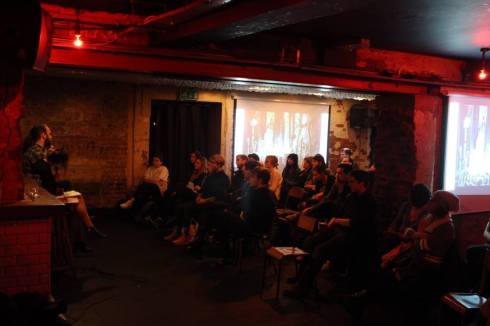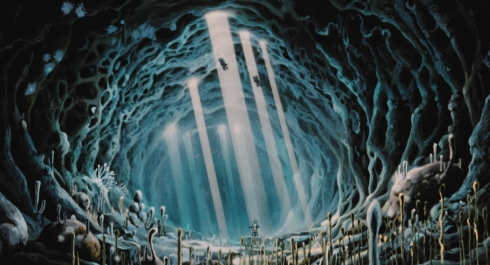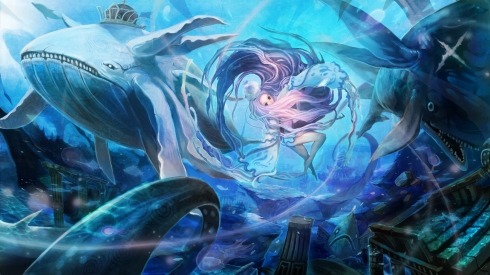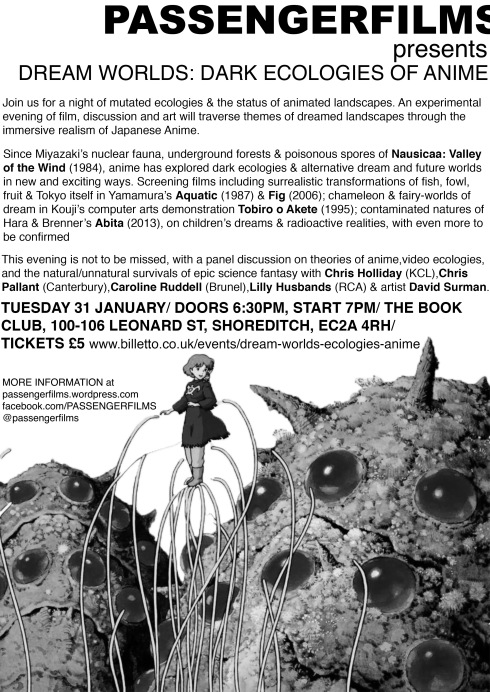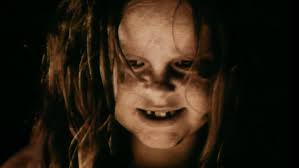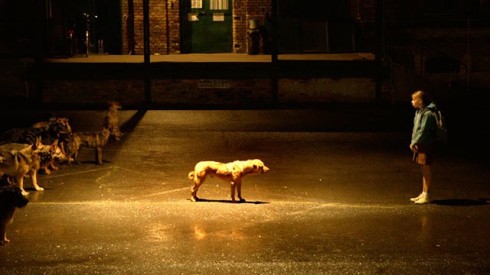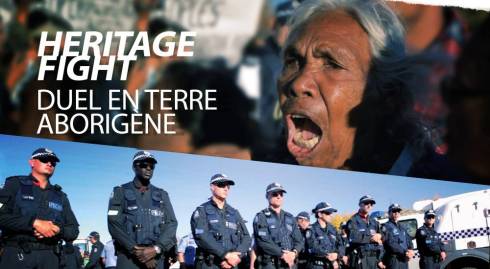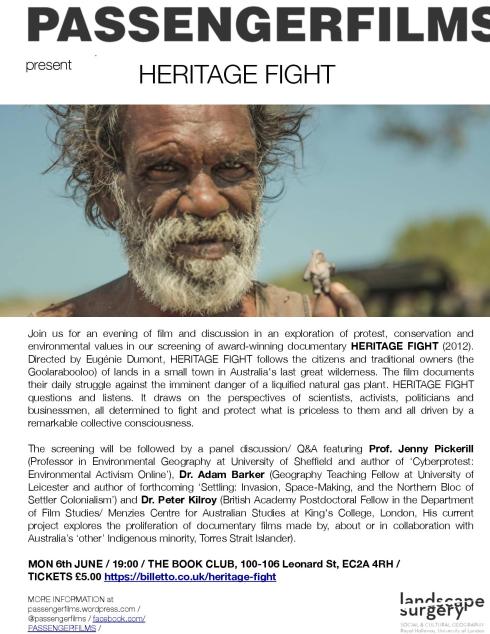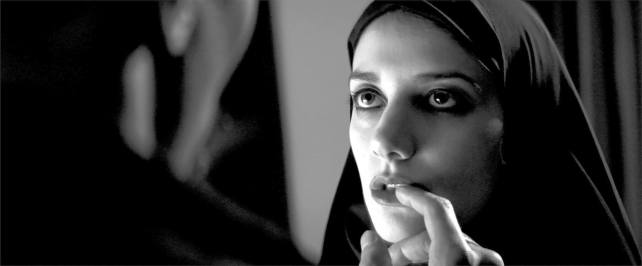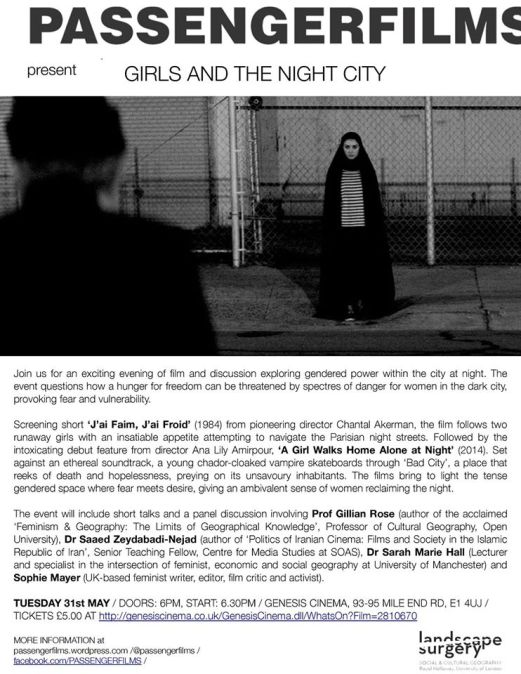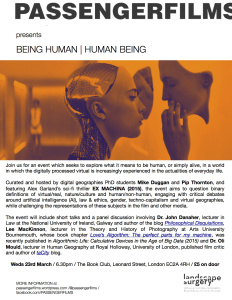For the last event of 2017, Passengerfilms is collaborating with the Independent Workers of Great Britain (IWGB) to bring you a night of films and discussion on the organisation efforts of precarious work today. We have a diverse panel including a union organiser, a striking worker, and an academic. We will be showing two 40 minute films, Limpiadores, and Until Victory, that both take a unique look at worker struggles for fair rights, pay, and treatment. The night will resonate with the daily lived experiences of workers across London, in addition to the current labour movements fighting for better conditions at Deliveroo and Uber. We look forward to welcoming you to a night of film about success, positivity, and change in a working world that seems to have the odds perpetually stacked against us.

Fernando L. González Mitjáns’ film ‘Limpiadores‘ (2016) shows how migrating is seldom an easy solution. Fleeing the social and political instability of their home countries, many Latin Americans migrate to London looking for work opportunities and a safe environment to raise and educate their children. In turn, they are confronted with discrimination, labor exploitation, and social “invisibility.” Outsourced as cleaning staff, Latin American immigrants have suffered for years in the hands of profit-led, outsourcing businesses. LIMPIADORES follows three of these workers during their journeys to work, and accompanies them throughout their early morning shifts. We hear about their migration experiences, disillusionment towards London, and hopes of a better future while they sweep, mop and organize offices and classrooms, auditoriums and parks of Universities, all while still being hidden by the night.
Sara Bagli Bellini and Si Coba’s 2017 film ‘Until Victory‘ portrays the struggle of workers organized in SI Cobas in the meat industry in Modena, Italy, in the winter of 2016/17. The material was filmed almost exclusively by workers and supporters themselves with their smartphones. It gives an impression of the physical violence and brutality perpetrated against superexploited workers.

The event will be taking place at St John on Bethnal Green, 200 Cambridge Heath Road, London, E2 9PA. Doors will open at 7pm, and the film screenings will begin at 8pm. The tickets are free to register on Eventbrite, on the following link: https://www.eventbrite.co.uk/e/passenger-films-x-iwgb-present-strike-tickets-40837306483
A solidarity donation will be taken on the door, with the money going towards the event and funding the IWGB strike fund, which supports workers standing up for their rights in London.


